A butt-load has long been one of my favourite ways ton refer to a large amount, either physically or a figuratively— one might have a buttload of work, or have to carry or store a buttload of stuff. It amuses me, though, that butt-load can actually refer to an actual unit of measurement.
A butt is a large barrel for wine or spirits that holds roughly four times the size of a regular barrel or two hogsheads Butt came into English in the late 14th century from the Old French word bot which was the word for a barrel or wine-skin. This came from the late Latin buttis which also meant cask.

The butt used to be a legal measurement, but because the actual size and capacity tended to vary quite a bit — it could be anywhere between 108 and 140 gallons— it fell out of favour.
In Shakespeare’s ‘Richard III’, the Duke of Clarence is drowned in a butt of malmsey wine. In terms of methods of execution, there are probably worse ways to go. Still, the references to the malmsey- butt never fail to make my students laugh.
This sense of the word is also used in ‘The Tempest’ where Stephano claims to have escaped the storm by floating “upon a butt of sack which the sailors heaved o’erboard”.
That’s because butt canalso mean one’s buttocks: the behind, the rump, the posterior. It first took this meaning from animal parts in the mid 15th century in relation to butchering and cookery, as a shortened form of buttocks, which was the name given to the meaty rear end of animals and people by about 1300. The application of butt to humans came later, as part of American slang in the mid 19th century.

Butt came to mean the the thick end of something or the extremity of a piece of land by about 1400, which is most likely how the term came to be used for the end of a rifle, and therefore a pistol, or of a smoked cigar or cigarette, which was first recorded in 1847.

Shakespeare’s Richard III uses this sense of the word when he responds to his mother’s invocation to “put meekness in thy breast, Love,charity, obedience and true duty” with “and make me die a good old man! This is the butt-end of a mother’s blessing— / I marvel that Her Grace did leave it out!” This is also a pun for butt as in his being on the receiving end of her insult.
By the early 1600s, butt had come to be used for the target of a joke or an object of ridicule. 1610s. This was derived from the Old French word but which meant an aim, goal, end, or a target in archery, which swans in turn the product of the Old French words bot for end and but for aim or goal which was used for a target for shooting practice or a turf-covered mound against which an archery target was set that dated to the mid 1300s.

It is this earlier sense of the word used by Richard, Duke of York in ‘Henry VI part 3’ when he tells his killer, “Come, bloody Clifford, rough Northumberland, I dare your quench.ess fury to more rage. / I am your butt, and I abide your shot.”
Othello also uses sense of this word in his final scene, where he says, “Be thou not afraid, though you do see me weapon’d; / Here is y journey’s end, here is my butt.”
The verb to butt meaning to hit with the head, as a goat, a fighter or a soccer-player might do, was in use by 1200 . This came from Anglo-French buter and Old French boter which meant to push, shove, thrust or knock. This came from either Frankish or another Germanic source which traces back to Proto-Germanic word butan, and before that to the PIE root *bhau which meant to strike.

In the banter between Katherine and Longaville‘Love’s Labours Lost’ V.ii, he admonishes her: “Look how you butt yourself with these sharp mocks, Wilt thou give horns, chaste lady? Do not so.” Katherine responds with a comment about he should die a calf before his horns grow, which is a witty little bit of innuendo as they part ways.
Another example of Shakespeare’s word play is the pun on butt in ‘The Taming of the Shrew’ where Gremio describes the clash of wits between Hortensio and Petruchio thus: “Believe me, sir, they butt together well.” Bianca responds with both pun and innuendo: “Head and butt! A hasty-witted body / Would say your ‘head and butt’ were ‘head and horn.”
To butt against, meaning to adjoin or sit right next to, dates back to the 1660s,p and comes from an abbreviation of abut.
To butt into a conversation by intruding without invitation came into American English at the turn of the 20th century.


Sources:
Etymonline
Macquarie Dictionary
A Butt-load of Butts.
Tweet
#words #language #Englishvocabulary


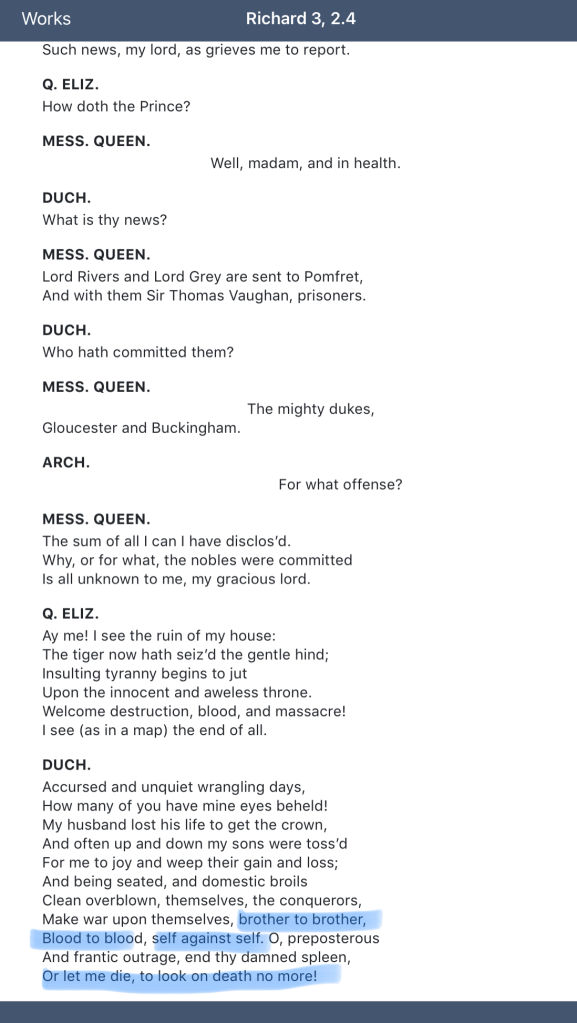
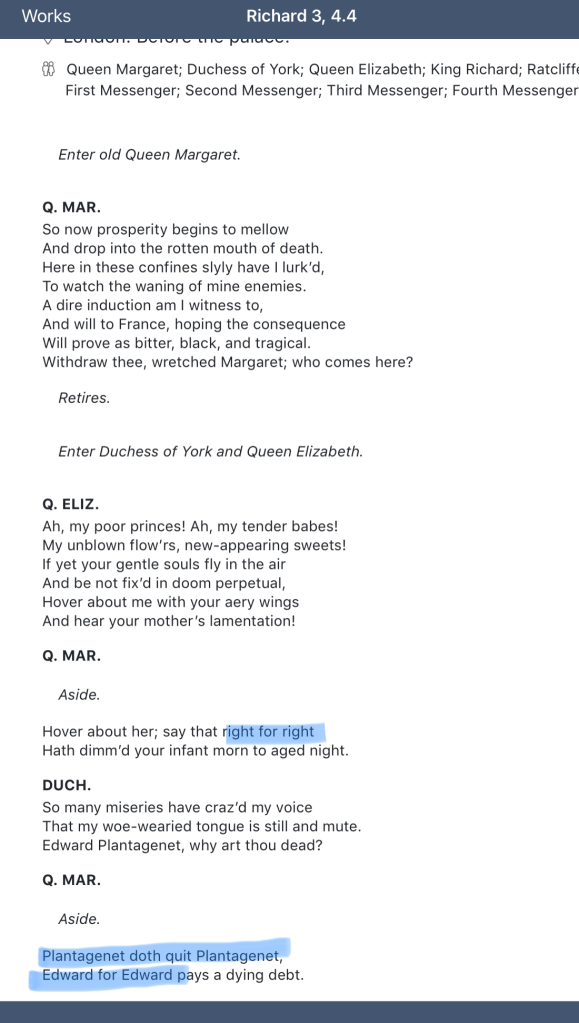

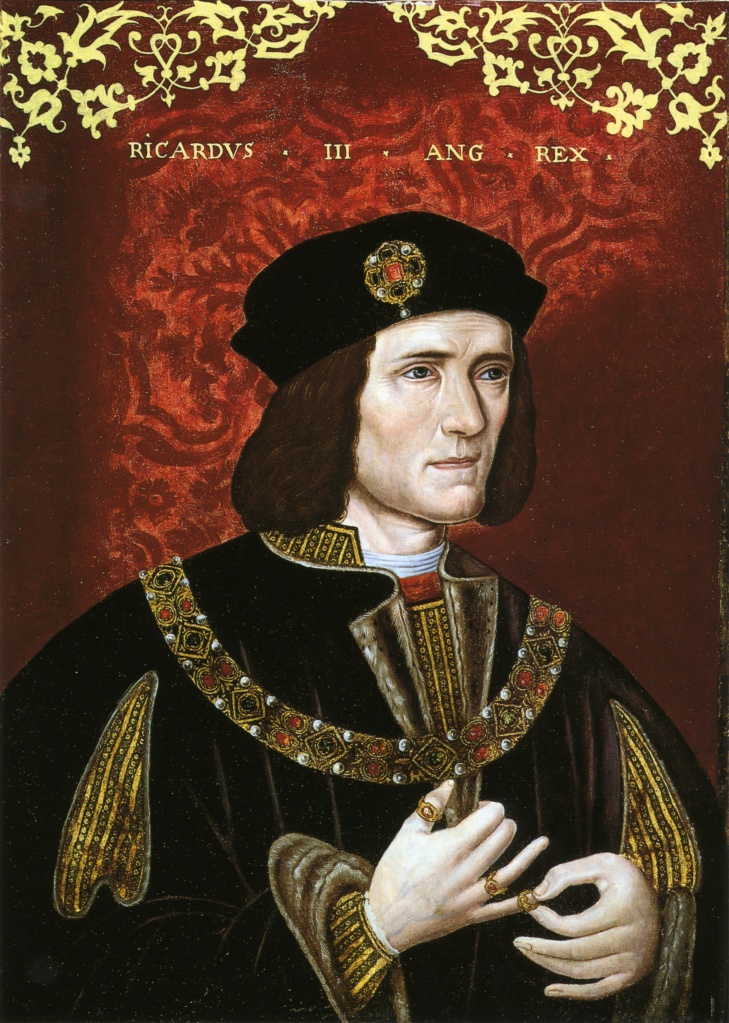


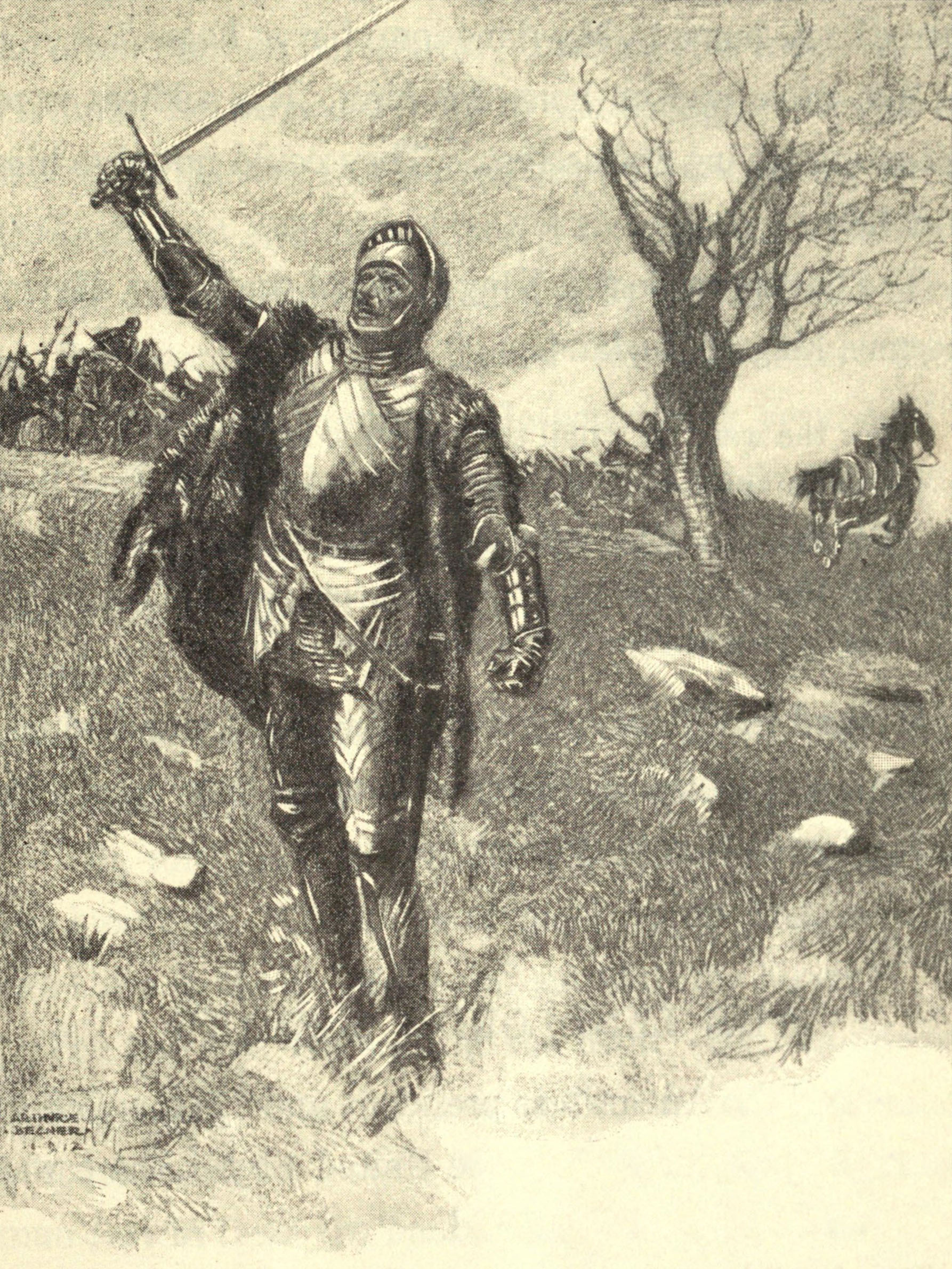



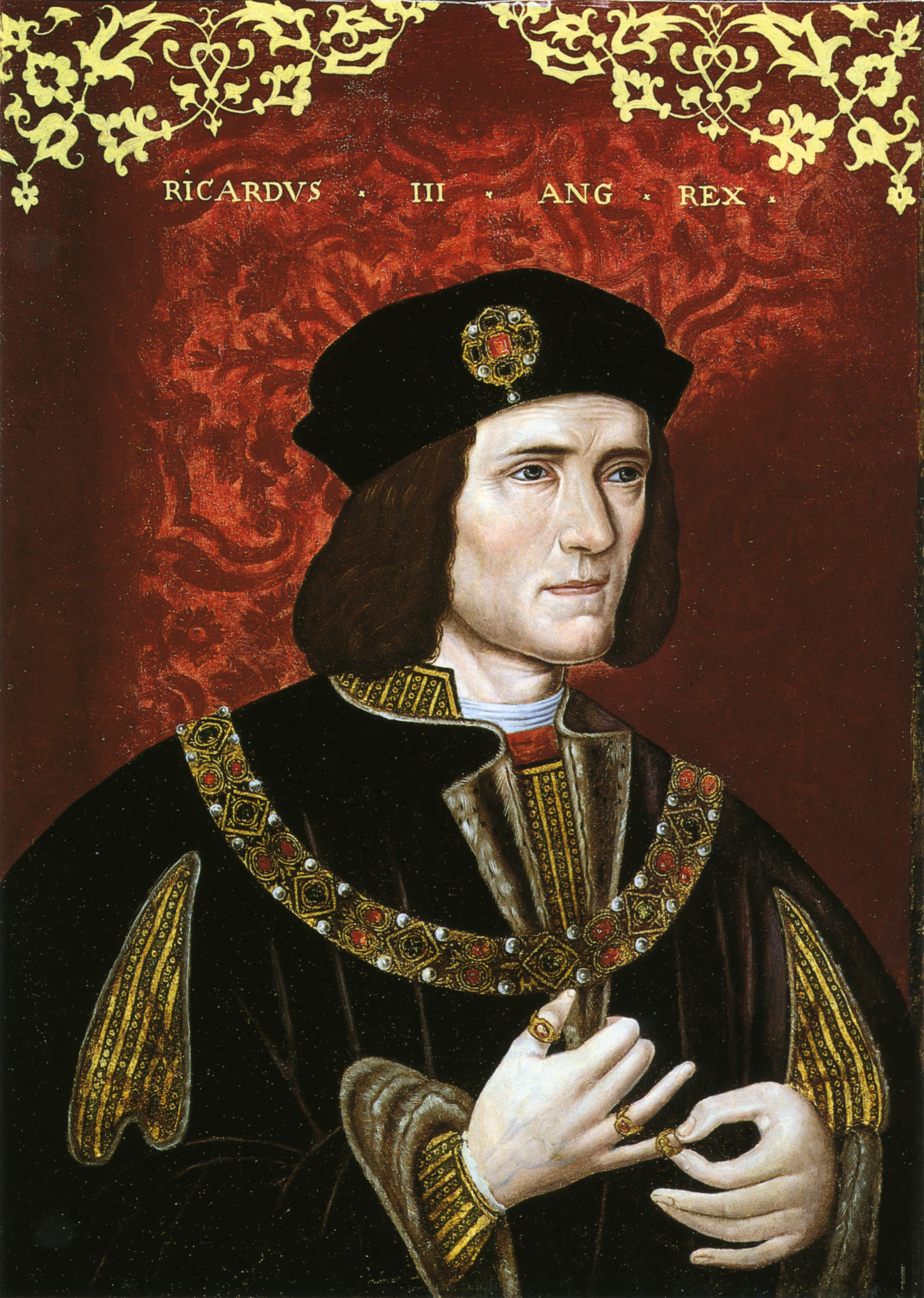 centre of the “did he, or did he not?” debate about the demise of the ‘Princes in the Tower’. Of course, nobody really knows. There’s a lot of evidence that he was the most likely suspect, but there’s also a number of good arguments for other parties being responsible. The fact is, we’ll probably never know.
centre of the “did he, or did he not?” debate about the demise of the ‘Princes in the Tower’. Of course, nobody really knows. There’s a lot of evidence that he was the most likely suspect, but there’s also a number of good arguments for other parties being responsible. The fact is, we’ll probably never know.